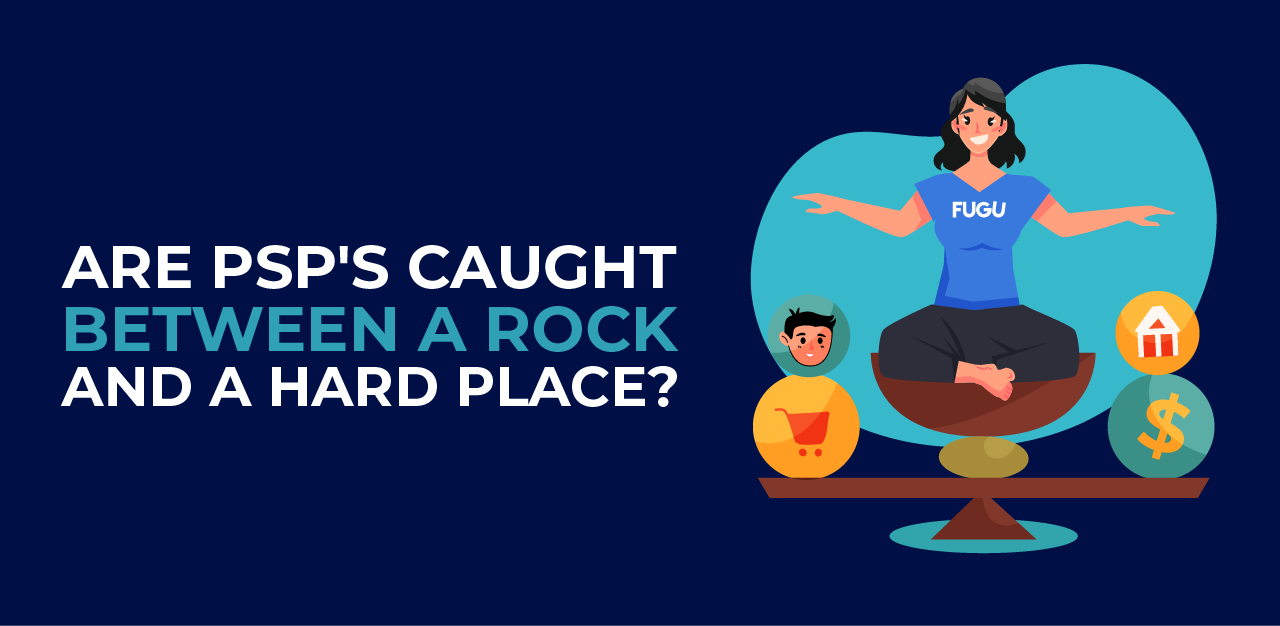
Are PSPs Caught Between a Rock and a Hard Place?
For PSPs, every transaction feels like walking a tightrope.
On one side, banks and acquirers demand near-zero fraud, stricter compliance, and flawless risk management. On the other, merchants want frictionless approvals, instant payments, and conversion rates that keep their business alive.
Caught between the two, PSPs have to please both masters — and they’re paying the price.
Tighten the controls to make banks happy, and you lose good customers. Loosen them for the merchants, and you face chargebacks, penalties, and reputational risk.
It’s a classic no-win scenario — unless you stop trying to solve everything at checkout.
The Real Problem: A Single Moment of Truth
Traditional fraud prevention treats checkout as the one and only moment of truth.
A transaction comes in, data points are analyzed, and a decision is made: approve or decline.
That binary decision model made sense years ago — when fraud was simpler, and customer journeys were short. But today, fraud is continuous, and so is customer interaction.
Each transaction is part of a larger story:
- A shopper changes their delivery address after purchase.
- A subscription user files a refund right before renewal.
- A “friendly fraudster” disputes a charge after receiving the product.
By the time fraud reveals itself, the sale has long been “approved.”
Why PSPs Lose Merchants Faster Than Fraudsters Steal Money
When PSPs rely only on checkout-time decisions, they end up rejecting legitimate customers just to stay safe.
And that comes at a higher cost than fraud itself.
False declines cost businesses over $400 billion annually — nearly ten times the direct cost of fraud.
At the same time, more than half of merchants have switched PSPs due to overly strict filters or poor approval rates.
Fraud prevention, in other words, isn’t just a technical challenge — it’s a customer retention problem.
Every unnecessary block at checkout pushes merchants closer to leaving.
Post-Payment Monitoring: A Smarter Middle Ground
Post-payment monitoring breaks this deadlock.
Instead of forcing PSPs to choose between risk and conversion, it introduces a multi-phase approach:
Monitor post-payment signals — analyze behavioral, transactional, and contextual data after the purchase.
React dynamically — if red flags appear, request verification or block fulfillment before loss occurs.
- Approve confidently at checkout — let the payment flow with minimal friction.
- Monitor post-payment signals — analyze behavioral, transactional, and contextual data after the purchase.
- React dynamically — if red flags appear, request verification or block fulfillment before loss occurs.
It’s like adding a safety net beneath the tightrope. PSPs can deliver the seamless experience merchants want while maintaining the risk control banks demand.
How It Works in Practice
After approval, FUGU continues analyzing transactions using behavioral and contextual data — detecting patterns like:
- Account changes, refund requests, or delivery anomalies.
- Mismatched engagement signals (email unopened, phone not verified).
- Repeat abuse or duplicate orders from the same identity.
This continuous evaluation allows PSPs to decouple payment acceptance from verification, so they don’t have to choose between conversion and compliance.
The Payoff: Security That Fuels Growth
Post-payment monitoring turns fraud prevention into an opportunity:
- Higher approval rates → more revenue for merchants.
- Lower false declines → stronger merchant retention.
- Improved compliance → safer relationships with acquirers and banks.
- Better customer experience → smoother checkouts, fewer abandoned carts.
In short, PSPs stop being gatekeepers and start being growth partners.
Conclusion
PSPs aren’t trapped between a rock and a hard place — they just need a wider bridge.
By extending fraud prevention beyond checkout, post-payment monitoring allows PSPs to meet the expectations of both sides: the banks’ demand for security and the merchants’ need for conversion.
Because in the end, the sale doesn’t end at checkout.
And with FUGU, every payment counts.